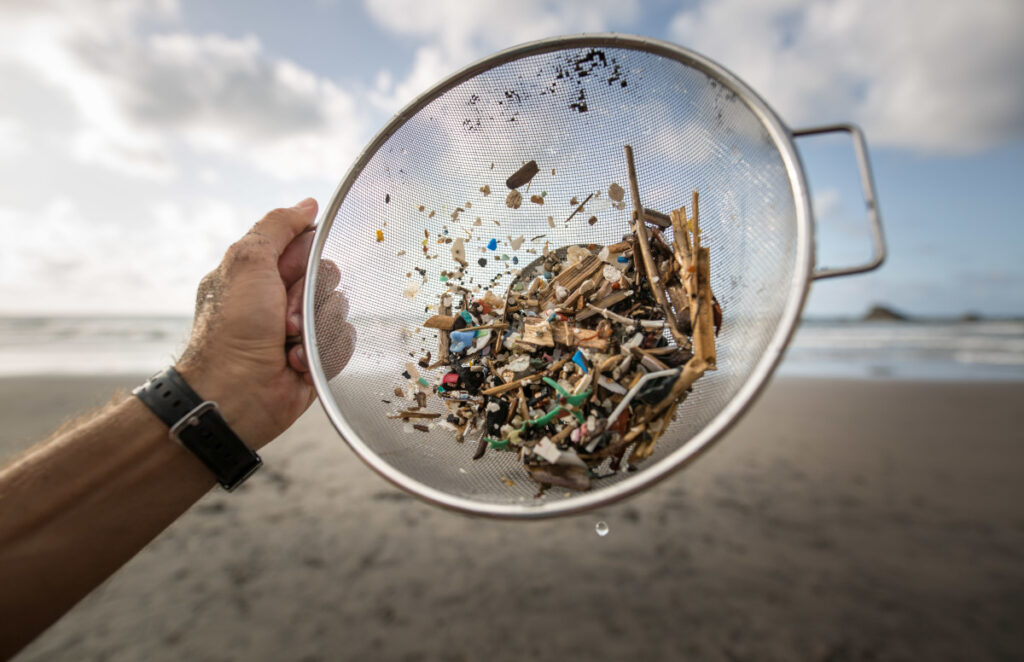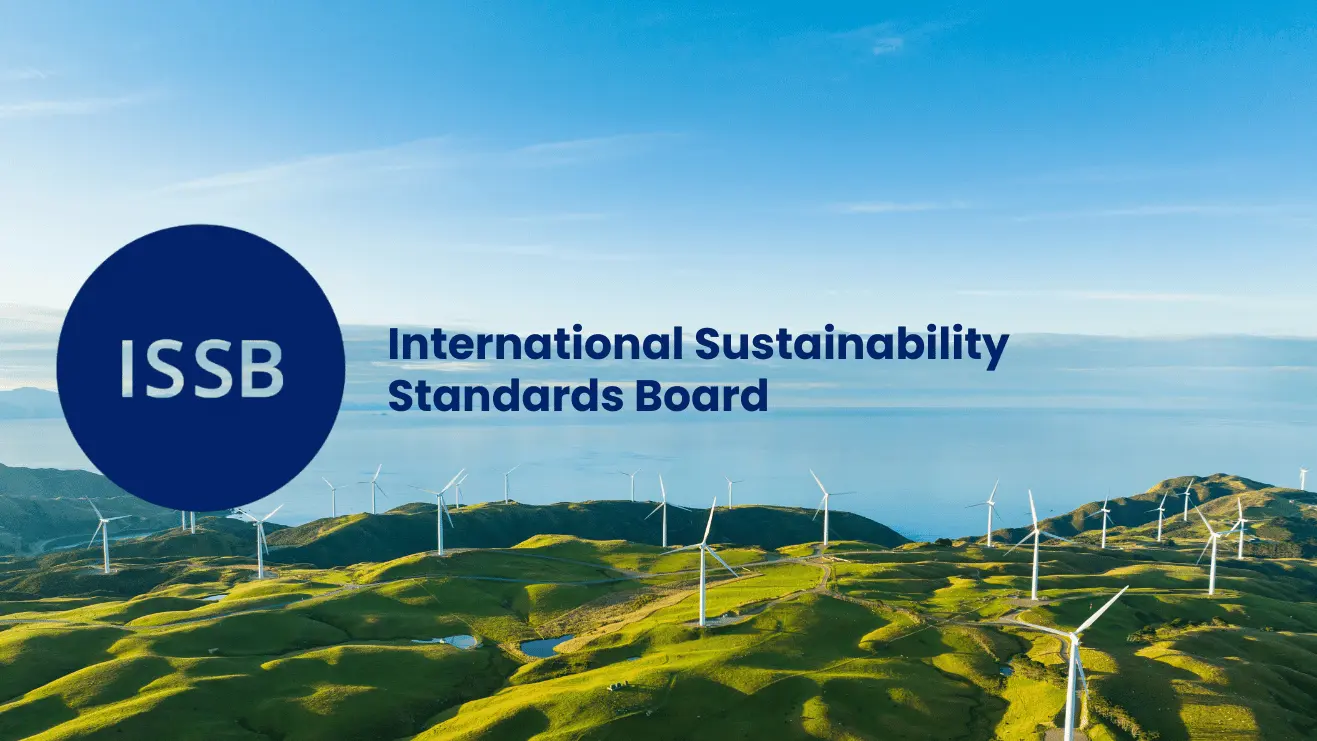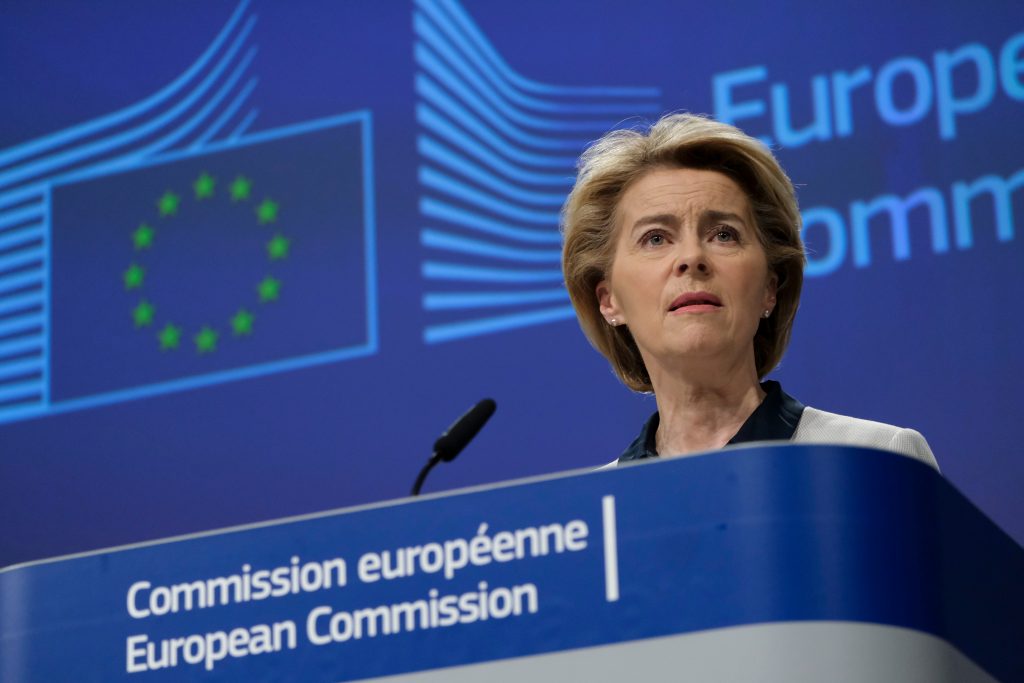EU Commission proposes measures to reduce microplastic pollution from plastic pellets

|
Listen to this story:
|
The EU Commission is proposing for the first time measures to prevent microplastic pollution from the unintentional release of plastic pellets. Currently, between 52 and 184 thousand tonnes of pellets are released in the environment each year due to mishandling throughout the entire supply chain. The proposal aims to ensure that all operators handling pellets in the EU take the necessary precautionary measures. This is expected to reduce pellet release by up to 74%, leading to cleaner ecosystems, contributing to plastic-free rivers and ocean, and reducing potential risks to human health. Common EU-wide measures will also help level the playing field for operators.
Tackling preventable pellet losses
Plastic pellets are the one of the largest sources of unintentional microplastic pollution. The Commission today proposes that operators act in the following priority order: prevention to avoid any spills of pellets; containment of spilled pellets to make sure they do not pollute the environment; and, as a final option, clean up after a spill or loss event.
The proposal includes:
- Best handling practices for operators: depending on the size of the installation or transport activity, operators will have to abide by certain best handling practices. These have already been implemented by frontrunners.
- Mandatory certification and self-declarations: To assist national competent authorities in verifying compliance, larger operators should obtain a certificate issued by an independent third party, while smaller companies should make self-declarations of their conformity.
- A harmonised methodology to estimate losses: to help operators monitor their losses and tackle some of the remaining data gaps, a harmonised methodology will be developed by standardisation bodies. It should also increase accountability by increasing awareness of the impacts of different practices on the environment and human health.
- Lighter requirements for SMEs: as the pellet supply chain has a large share of SMEs, lighter requirements will apply especially to micro and small operators.
Related Article: 10 European Cities Awarded with EU Mission Label for their plans to reach climate-neutrality by 2030
Next steps
The Commission proposal for a Regulation on preventing pellet losses will now be discussed by the European Parliament and the Council. All economic operators, both EU and non-EU, will need to comply with the requirements set out in this Regulation within 18 months of its entry into force.
The Commission will continue to work on reducing microplastics pollution, including in the context of implementing existing and forthcoming legislation on products and waste and by leading global efforts to end plastic pollution.
Background
Microplastics are persistent, very mobile, and hard to remove from nature. They are found all over the world, even in the most remote locations, and in the human body. The risks related to high levels of human exposure are a cause of grave concern. Plastic pellets are found in water and soil, including agricultural lands, and harm ecosystems and biodiversity. Pellets are known to be eaten by a range of marine and coastal species, such as sea turtles, seabirds and shellfish, and once ingested, they can cause physical harm or death.
The need to address the growing presence of microplastics in the environment was identified in the EU Plastics Strategy, the Circular Economy Action Plan and the Zero Pollution Action Plan.
The approach to achieving this target is threefold:
- reduce pollution caused by plastic products (as these degrade into microplastics once in the environment);
- restrict the use of intentionally added microplastics in products; and
- reduce unintentional microplastic releases.
Together with the restrictions on intentionally added microplastics adopted on 25 September 2023, the rules adopted today are the first EU instruments specifically designed to tackle microplastic pollution at source and contribute to the target of reducing microplastics releases into the environment by 30% by 2030 established by the Zero Pollution Action Plan.











